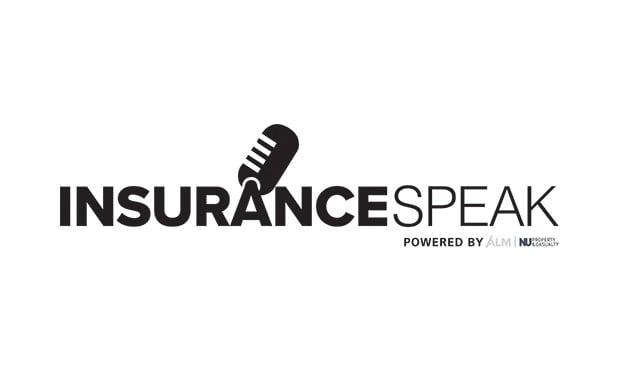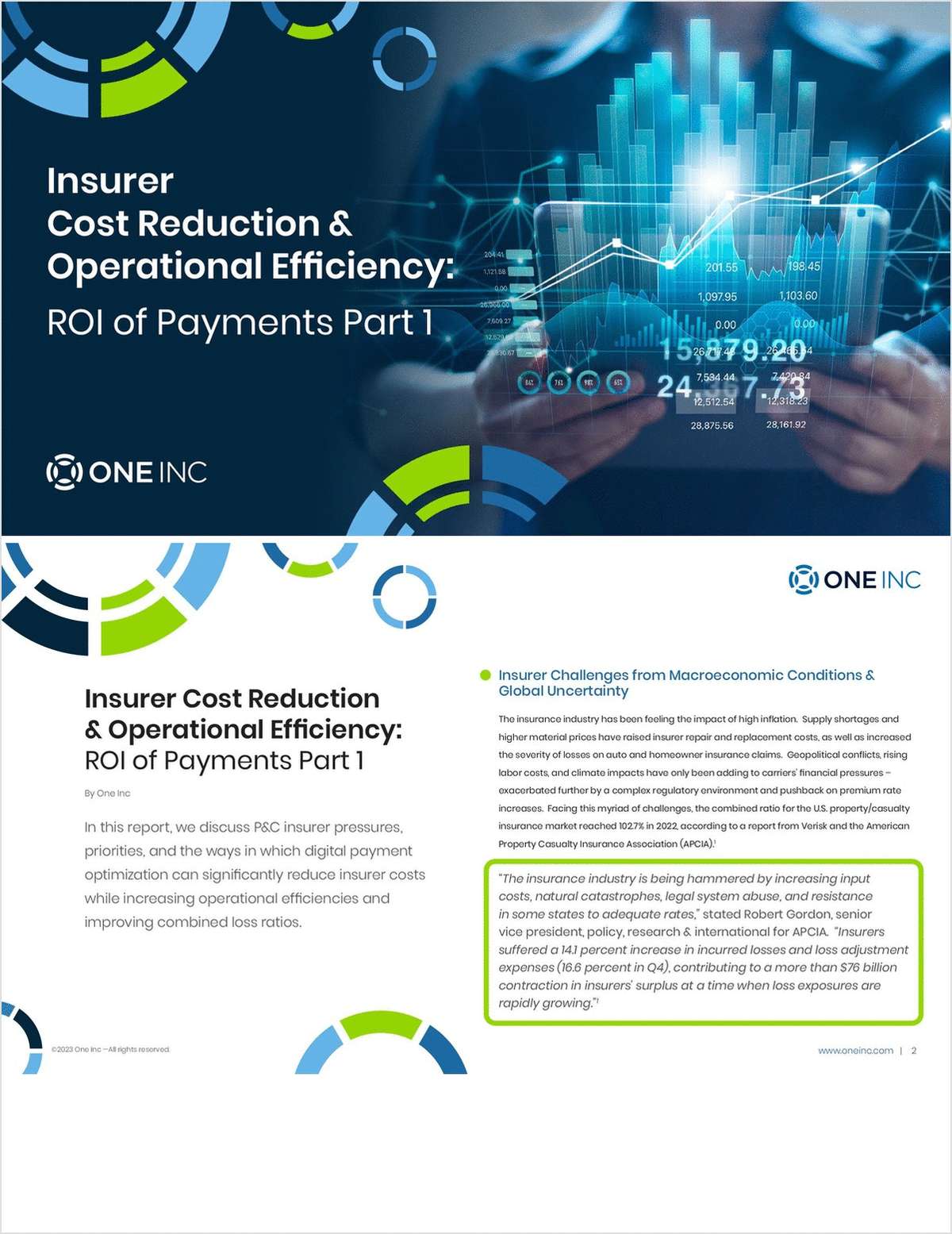Multi-channel distribution was one of the top three strategic insurance topics fielded at TowerGroup in 2010. The other two were cloud computing and social media. The discussions on multi-channel distribution were definitely more complex and, frankly, more interesting — at least from an analyst perspective.
Not that cloud computing and social media aren’t very important strategic subjects — they definitely are. But the topic of multi-channel distribution not only hits upon a complex suite of technology, it also brings with it a discussion about historical distribution channels. All of the insurers I have worked for in my career were singularly committed to the independent agent and broker channel. My longest standing allegiance is to this channel, though I have full appreciation for other distribution channels.
During discussions about multi-channel distribution, there was frequently a level of emotion and angst amongst the participants that usually was not there when talking about cloud computing and social media because disintermediation of current distributors was looming. Quite frankly, I can relate to this.
Despite all of the gnashing, however, very clearly consumers want flexibility in how they purchase insurance and how they obtain service. Failure on the part of an insurer to deal with this fact, one way or the other, will start the opening of a very large competitive gap. Not all carriers will come to the same set of answers, as there are several ways to respond to consumer demands, but having the discussion is necessary.
Another uncomfortable truth is that the discussion of multi-channel distribution applies equally to personal lines of business as it does commercial lines of business. This is particularly true when the discussion is broken down into a sales track and a service track.
For more complex lines of business, there is a genuine and earnest need for expert insurance advice when selecting coverage and engineering risk. However, even a large commercial organization will sometimes just need to obtain basic information or perform a routine task via a web portal or contact center. Determining that multi-channel will apply just to service is a valid decision for many carriers.
Once all the wrangling and wrestling is complete, and the decision to move forward is made, that’s when I get very nervous. Many times I have observed the team appointed to develop “the new thing” run scampering off like an excited pack of puppies — because new channels are pretty cool — before some very important additional decisions are made.
The pivotal question is: How does the company keep from developing a whole new set of conflicting silos? Insurers have spent enormous amounts of time and money breaking down and unifying legacy product and line-of-business silos. Many carriers are still in the throes of it all! Without some very focused attention to rationalizing the new channels with the existing ones, carriers will be creating the new legacy silos that will drain resources in the future.
While legacy silos are expensive, due, most notably, to redundant technology across the organization, the bigger, long-term downside is customer dissatisfaction. If architected and built correctly, new sales and service channels will have the flexibility to respond quickly to changing product and service requirements.
Self-service is one of the primary goals of most current multi-channel initiatives and is valued by consumers. Without rationalizing features and functions across all channels, customer discontent will run very high when they find that they can accomplish something in one channel that they can’t in another.
On the surface it might appear to be acceptable to have isolated products and services based on channel. In fact, with the use of analytics and models, buying and service preferences within channels will reflect the unique demographics of those within the channel. However, insurers must assess which products and services are specifically unique to a channel and which are universal. The universal products and services must be replicated across channels.
It is erroneous to think that consumers will stay with a channel for their entire insurance-buying lifetime. Some will, but many will not. The current hype is around the direct-to-consumer, internet channel. This channel is important for many individuals, particularly Gen Y. It is one thing to obtain basic automobile or renters’ coverage online and a whole other to execute coverage for multiple automobiles, a house, recreational vehicles, and an umbrella that all become necessary as careers, age, and family sizes increase.
Insurance is complicated and moving from a direct channel to an advisor channel will become important to even the most technology-savvy consumer over time. Insurers must be prepared to move customers between channels without loss of valued services. When the “new channel” is better than the “old channel,” consumers will find an insurer that has already rationalized their sales and service channels. After having invested in the acquisition of that customer, this would be a very unfortunate outcome.
Want to continue reading?
Become a Free PropertyCasualty360 Digital Reader
Your access to unlimited PropertyCasualty360 content isn’t changing.
Once you are an ALM digital member, you’ll receive:
- Breaking insurance news and analysis, on-site and via our newsletters and custom alerts
- Weekly Insurance Speak podcast featuring exclusive interviews with industry leaders
- Educational webcasts, white papers, and ebooks from industry thought leaders
- Critical converage of the employee benefits and financial advisory markets on our other ALM sites, BenefitsPRO and ThinkAdvisor
Already have an account? Sign In Now
© 2024 ALM Global, LLC, All Rights Reserved. Request academic re-use from www.copyright.com. All other uses, submit a request to [email protected]. For more information visit Asset & Logo Licensing.








